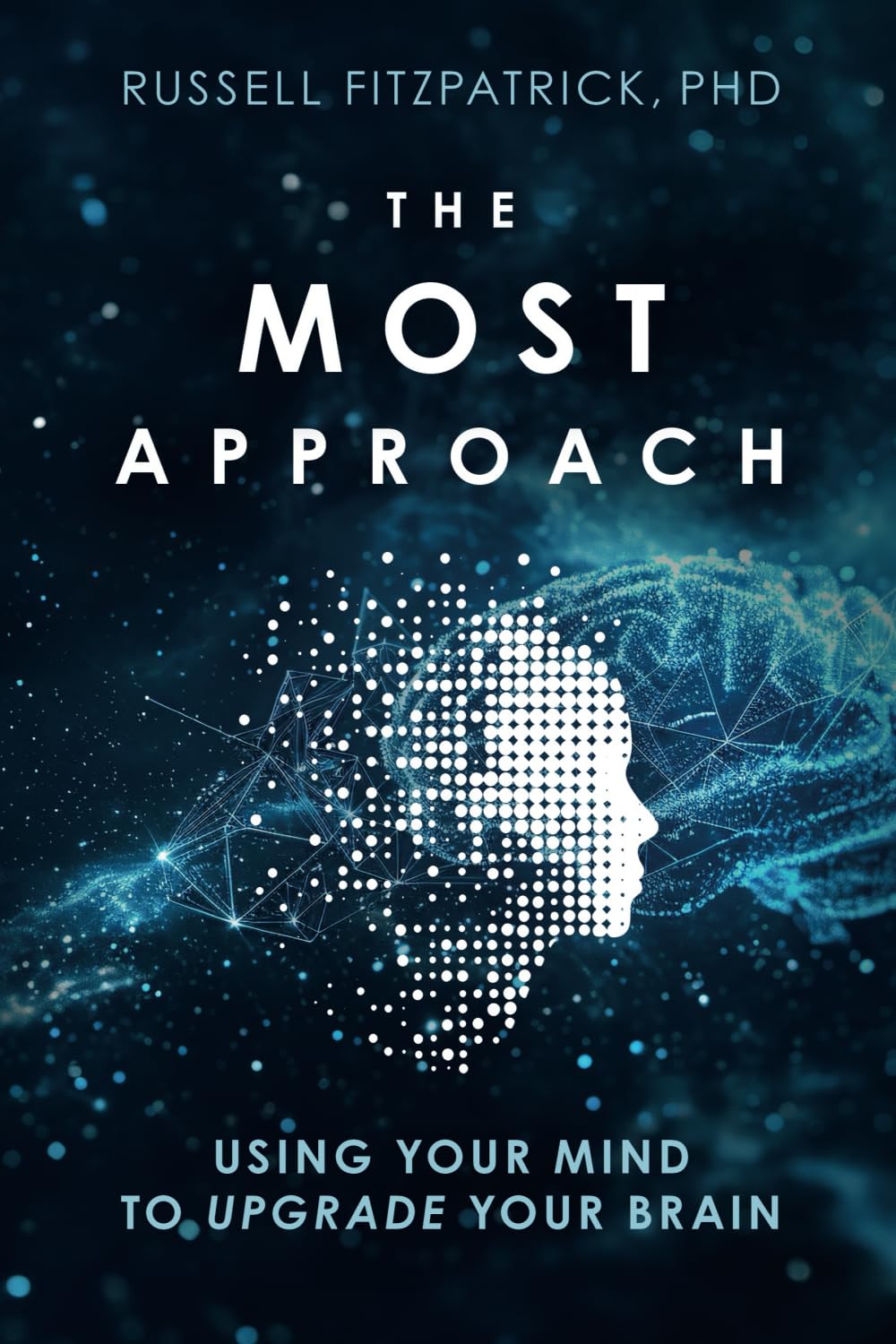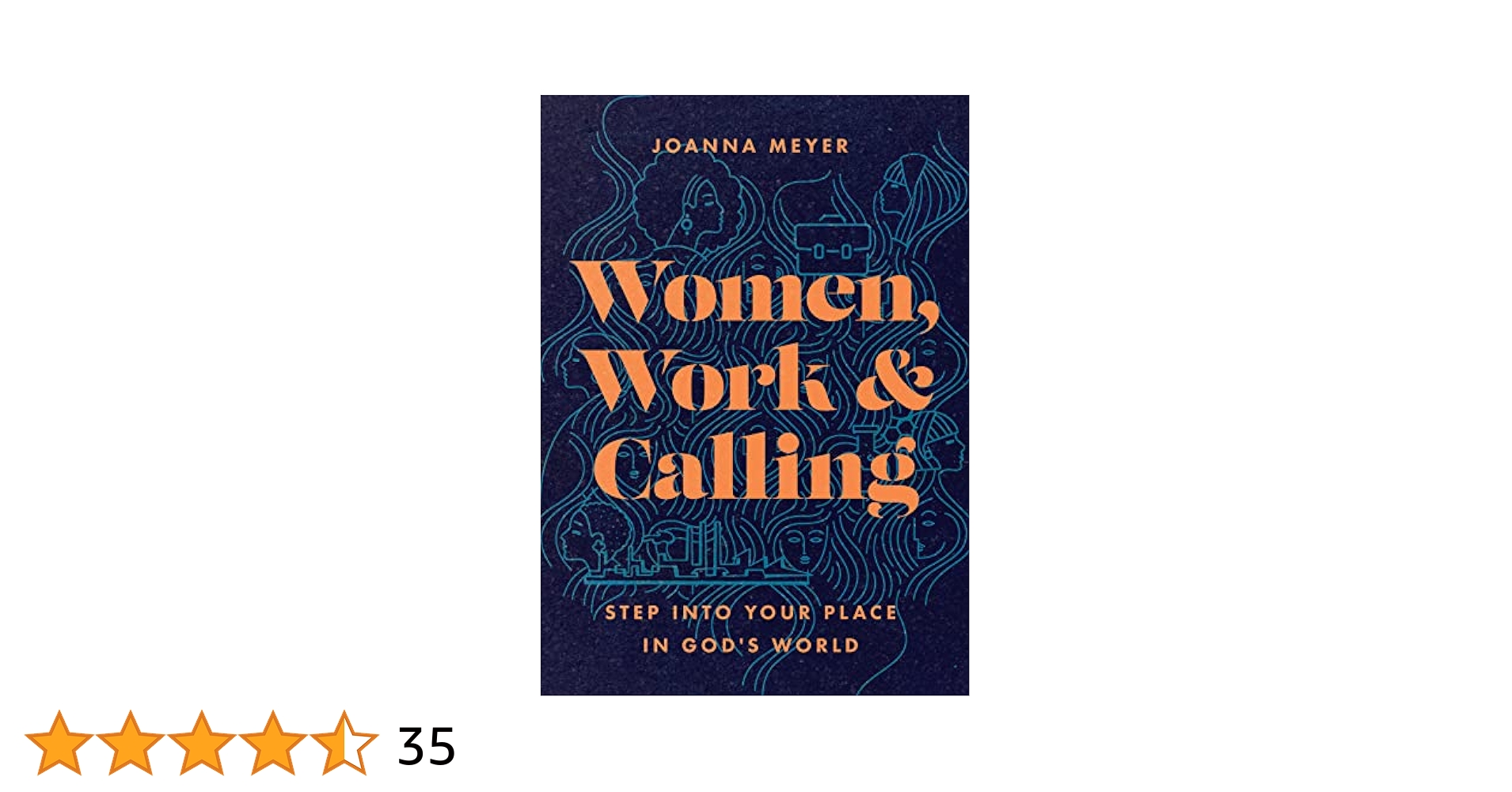Okay, let me walk you through how I started putting the ideas, you know, the ones often tied to Russell Fitzpatrick and that whole ‘Mom Test’ thing, into actual practice. It wasn’t like flipping a switch, took some real fumbling around.

Getting Started – The Wrong Way
So, picture this: I had what I thought was a brilliant idea. Like, game-changing stuff. My first instinct? Go tell everyone how great it was and ask if they’d use it. Simple, right? I’d corner friends, family, anyone who’d listen. “Hey, I’m building this amazing new thing, it does X, Y, and Z. Would you pay for something like that?”
Big mistake. Everyone was super polite. “Oh yeah, sounds cool!” or “Totally, I could see myself using that.” Felt great for about five minutes. But it was all fluff. Just people being nice, especially folks who know you. They don’t want to hurt your feelings. It gave me this false confidence, made me think I was onto a winner when I really had nothing solid.
The Lightbulb Moment
I kept hitting walls later on. Building stuff based on that “feedback” and finding out nobody actually cared when it came time to, you know, actually use it or pay for it. Frustrating as hell. Somewhere along the line, I stumbled across the core idea – stop talking about your idea, stop asking hypothetical questions about the future. Talk about their life, their past experiences.
It clicked. People are pretty honest about what they have done, what problems they actually faced. They’re terrible predictors of their own future behavior, especially when you put them on the spot about your shiny new idea.
My Process Now – Step-by-Step
So, here’s what I started doing, and still do:

- Shut up about my idea: First rule. Seriously. When I talk to someone initially, my idea stays zipped up.
- Focus on them: I try to understand their world related to the problem I think I can solve. I ask about their workflow, their challenges, how they currently handle things.
- Dig into the past: Instead of “Would you use…”, I ask things like:
- “Tell me about the last time you faced [problem X].”
- “What did you do to try and solve it then?”
“How did that work out?”
- “What tools or methods are you using right now for [related task]?”
- “Have you ever looked for a better way? What did you find?”
- “How much time or money did that problem cost you?”
What Changed
Man, it changed everything. It became way less about selling and more about learning. I started killing bad ideas much faster, before wasting tons of time and effort. Because if nobody can recall a specific, painful instance of the problem I’m trying to solve, or if they haven’t bothered to even Google a solution, maybe the problem isn’t that painful after all.
It also helped me find real problems. Sometimes, talking about one thing uncovers a completely different, much bigger issue that people are actively trying to solve. That’s gold.
It’s not always comfortable. You have to get good at shutting up and listening. You hear things you don’t want to hear, like your “brilliant” idea isn’t needed. But it saves you so much pain down the road. It’s just a more honest, practical way to figure out if you’re actually onto something useful before you go all-in.









